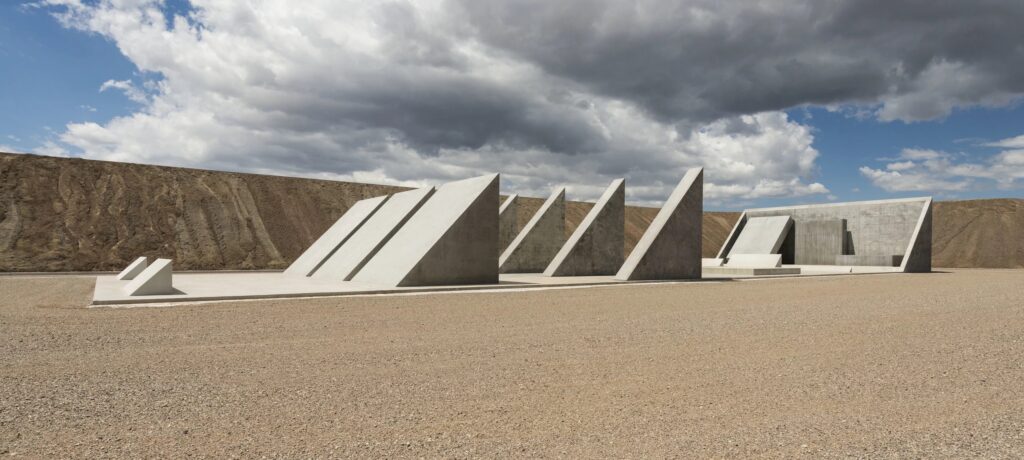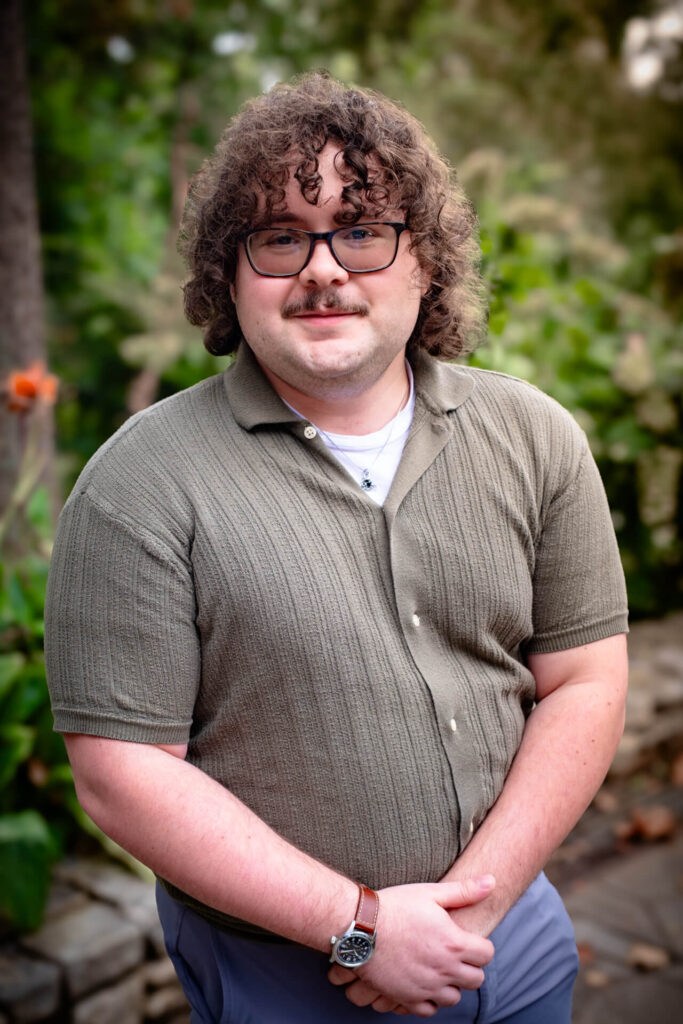
It could be said that architecture is a hybrid of art, technology, and building–at COR3 we absolutely agree. Art can be an inspiring component of architecture, making a building more intriguing, inviting, and relevant to the community it serves. It bridges the gap between art and utility, unique in its ability to create infrastructure while shaping civilizations and the way of life.
In some circles, architecture has been called the “mother of all arts” because it encompasses numerous art forms to create a structure. “The Sistine Chapel is an example of a painting and architecture with Michelangelo murals. Modern architecture employs artists to create visually stimulating optical illusions. (SOURCE)”.
Though every design we make at COR3 does not necessarily fit the bill of the Guggenheim or the Taj Mahal, we are part of a broader movement that has created masterpieces for centuries.
That’s why we enjoyed seeing a quintessential blend of architecture and art in an installation in the desert of Nevada.
Artist Michael Heizer created “City” three hours north of Las Vegas over the course of five decades. The installation is one of the largest artworks in the world and cost over $40 million in construction and maintenance.
The project began in 1970, built from local rock and dirt quarried from the area. The site is more than one-and-a-half miles long by a half-mile wide and includes gravel-covered mounds and sculptures made of smooth concrete and stone. There is a network of rocky runways and winding, empty streets.
Overall, it blends the perception of ruins with a modern edge. It has been described as “a pre-Columbian Mayan settlement, a highway interchange in Las Vegas, and the desert planet Tatooine from Star Wars all rolled into one (SOURCE).”
Only six people are allowed to visit per day to ensure it maintains its isolating aesthetic. And if you are wondering about his intentions for the project, Heizer says, “I am not here to tell people what it all means. You can figure it out for yourself.”


